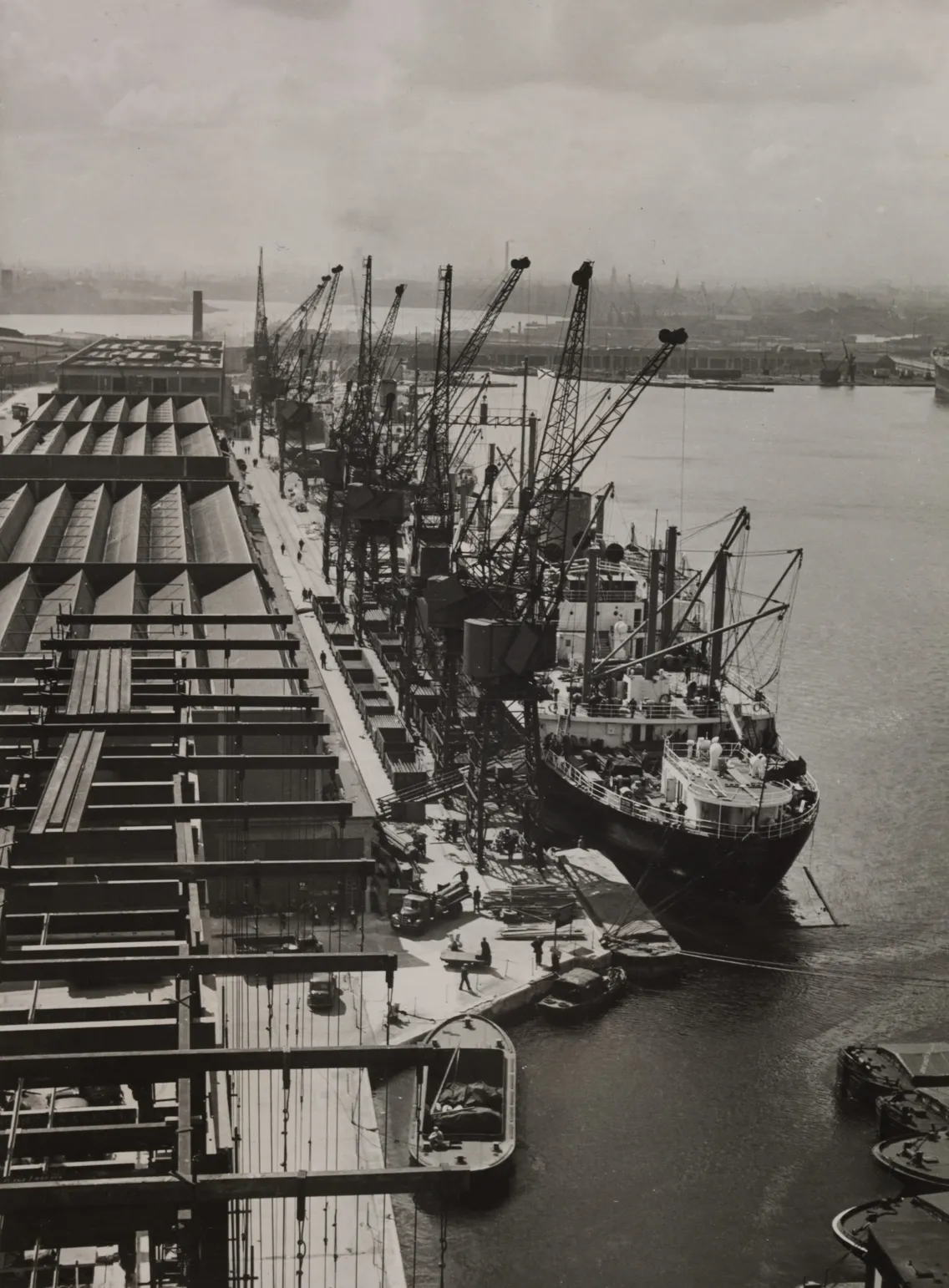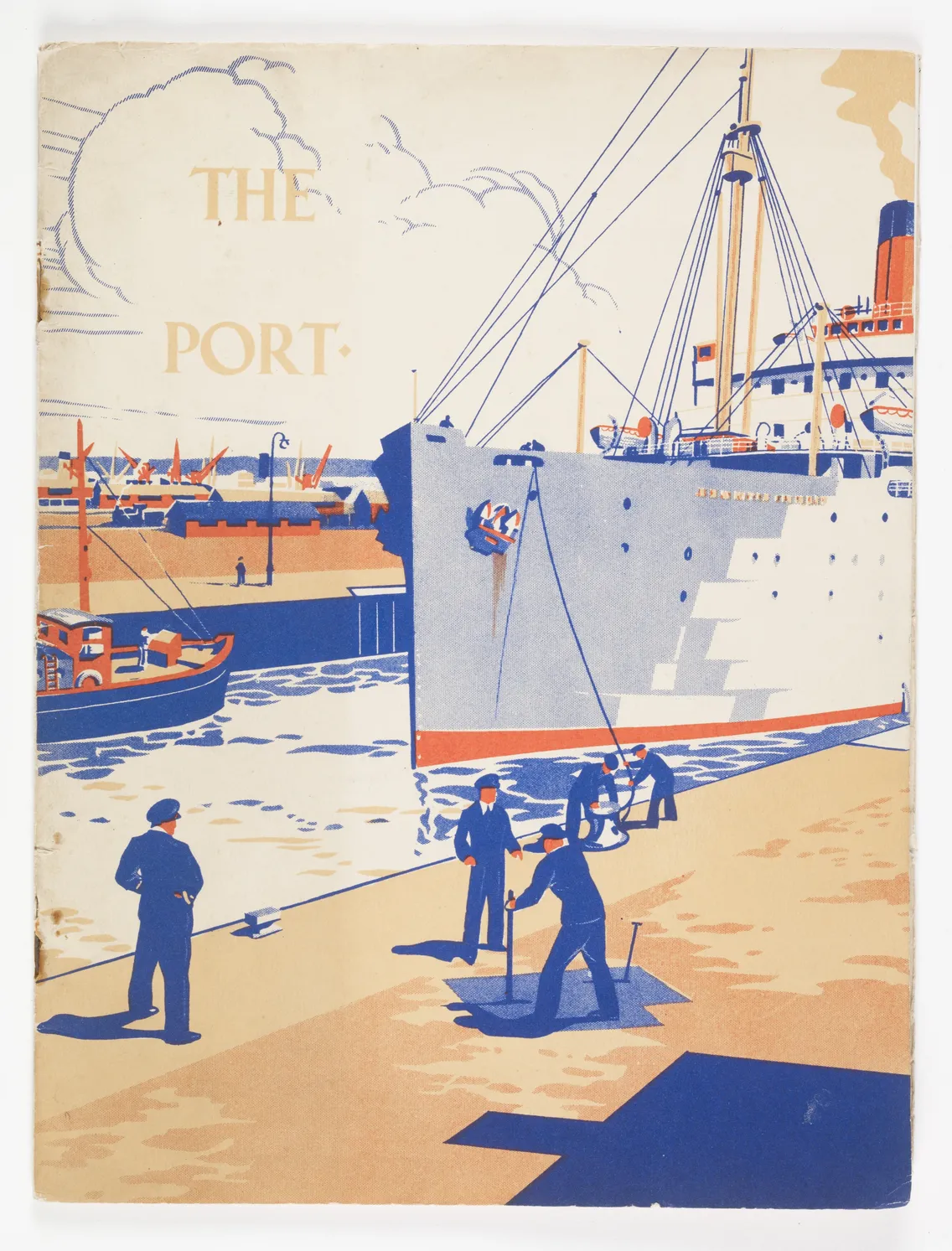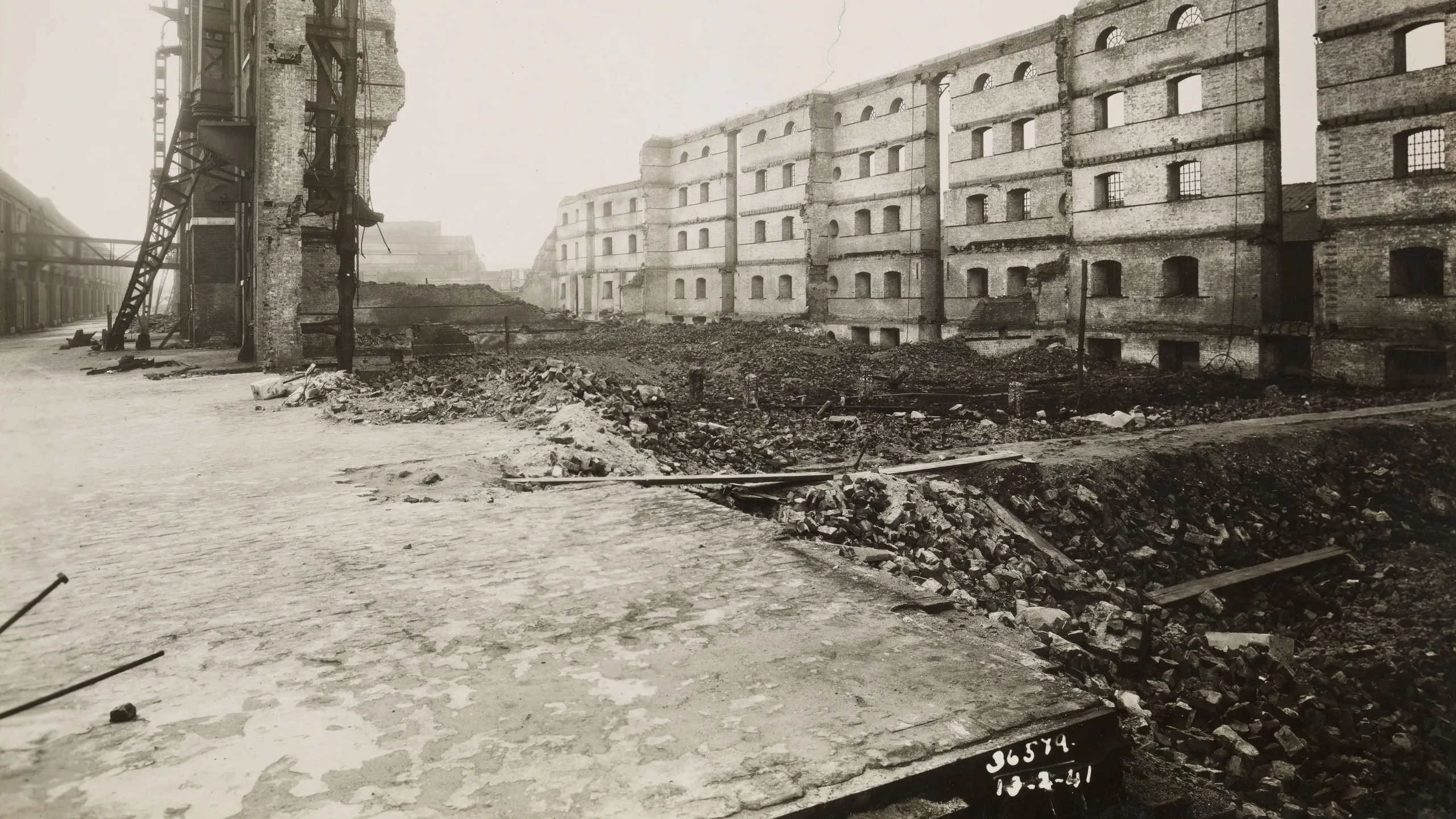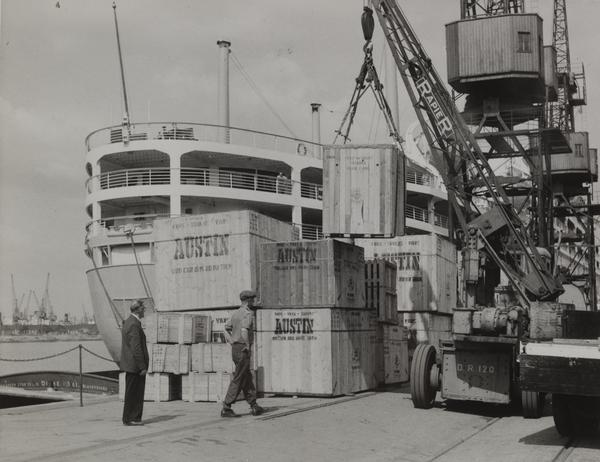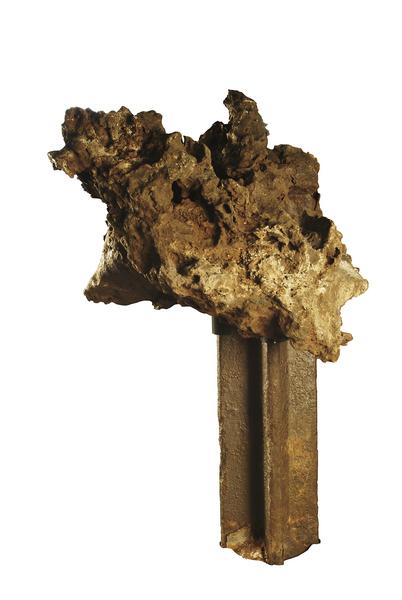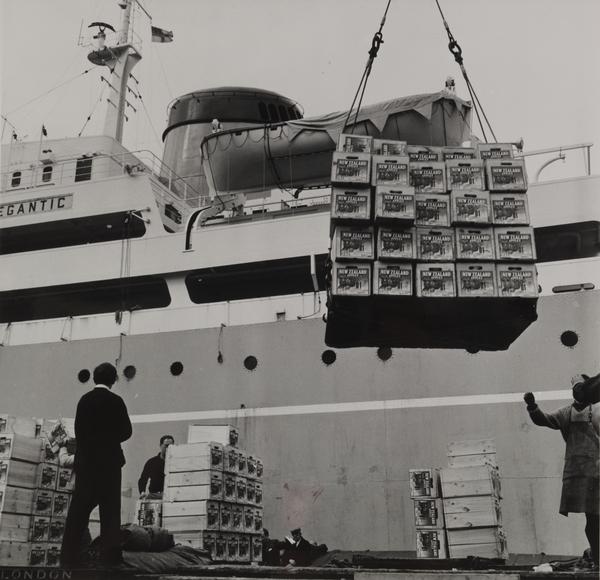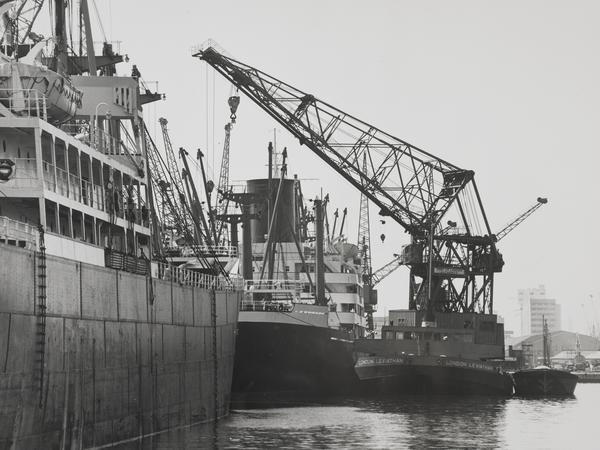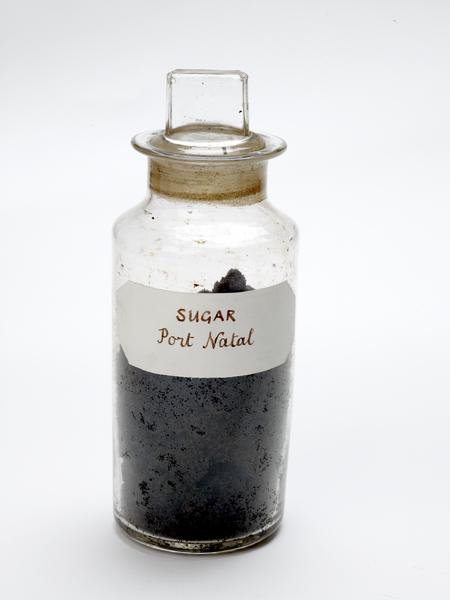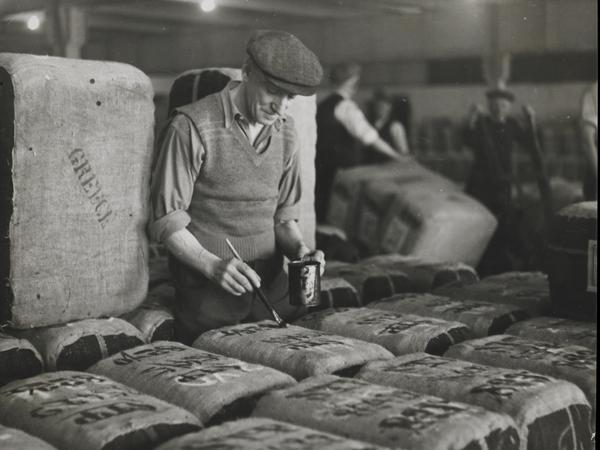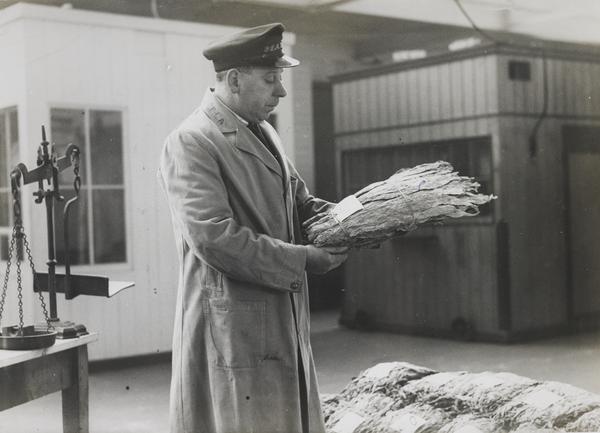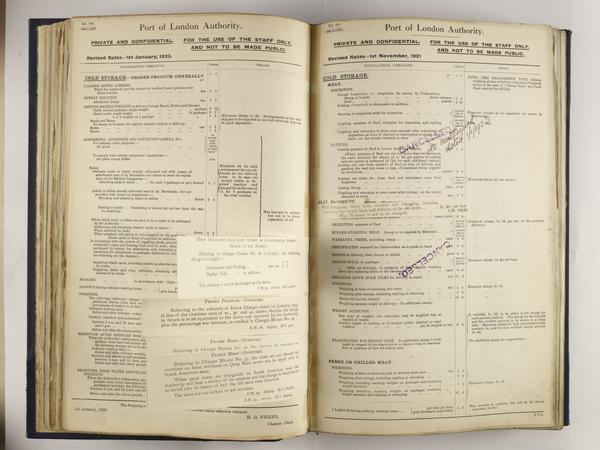What is the Port of London Authority?
Since 1908 the Port of London Authority (PLA) has managed traffic on the tidal River Thames, from Teddington Lock to the North Sea.
River Thames
Since 1908

Taking care of the Thames
Nowadays, the PLA’s main responsibility is ensuring the safe navigation of vessels – whether it’s for trade, transport or pleasure.
But for most of the 20th century the PLA also owned and operated many of east London’s docks and wharves.
The organisation was at the helm as London’s port transformed, as the main docks moved further downstream, away from east London’s historic docklands.
The PLA’s history is a history of London’s lost shipping industry, and the many people who worked in it.
History of the Port of London Authority
The Port of London Authority was established in December 1908, taking over the management of the Thames from the City of London.
It was created to bring order to the Thames. In the late 1800s there was chaos and congestion on the river as rival wharves, docks and river users battled for business. At this time, London was the busiest port in the world, and the central hub of the British empire.
The PLA improved facilities through huge investment in equipment and buildings, including warehouses, railways and the King George V Dock, which opened in 1921.
The PLA worked throughout the 20th century to control traffic, secure the docks, dredge the river, maintain its banks and protect the environment.
The Second World War, 1939–1945
The PLA played a notable role during the two world wars, when PLA workers helped to guard the docks and river from German attack.
During the Second World War, PLA staff were treated as essential workers, so were exempt from active service.
But dock workers faced a fierce German bombing campaign during the Blitz, which lasted from 1940 until 1941. It began in September 1940, on Black Saturday, when planes dropped incendiary bombs on the docks, starting huge fires.
The docklands were repeatedly targeted because of their strategic importance. Photos from the Port of London Authority Archive show smashed lorries and ruined buildings, and workers clearing the rubble.
Cargo-handling comes to an end
London's power as a port was shattered by the damage of the Second World War.
The level of imports was finally regained by the 1960s. But after the introduction of shipping containers and the huge new ships which carried them, London became an unsuitable destination.
A new container port at Tilbury in Essex was opened in 1967. The PLA began to close and sell its London properties. London and St Katharine's Docks closed in 1968. Surrey Commercial Docks closed in 1970. West India and Millwall Docks in 1980, and Royal Docks in 1981.
In 1994 the PLA sold Tilbury too, cutting its final ties with cargo-handling.
Mudlarking in the River Thames
The PLA continues to play a vital role in regulating the use of the River Thames. That includes what happens on the shore.
In the 18th and 19th centuries, people roamed the shores of the Thames looking for objects to sell. They became known as mudlarks.
The practice has continued, but mudlarking is now a hobby, not a way to scrape a living. Mudlarks search for historical objects thrown into the river as rubbish, by accident or as an offering.
Today, you need a permit from the PLA to go mudlarking, and any objects found must be reported to London Museum.

PLA police officers test life-jackets at West India Docks, around 1930.
Port of London Authority Archive
The Port of London Authority Archive is cared for by London Museum. It’s full of documents, photos and films which record the organisation’s history.
As well as a treasure trove of photos showing the workers of the PLA going about their jobs, there are fascinating records, like Discipline Books which keep track of the misbehaviour of PLA employees – ranging from stealing tinned salmon to “Fascism”. There are also glimpses of the lives of dockers and sailors from Africa, Asia and the Caribbean, too often absent from the history of the Port of London.


